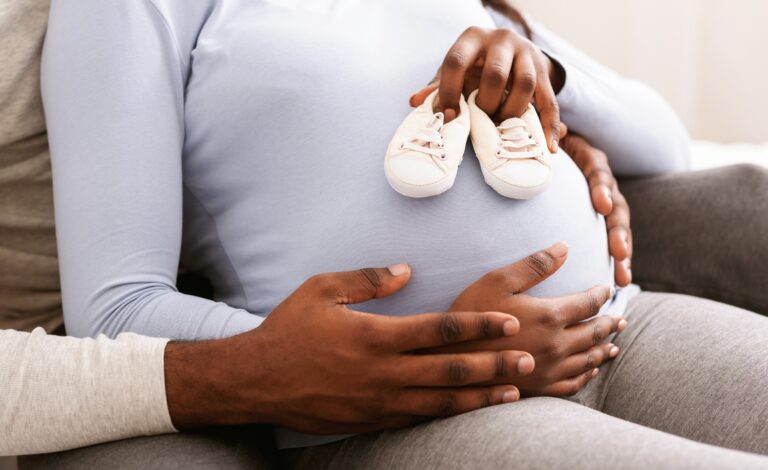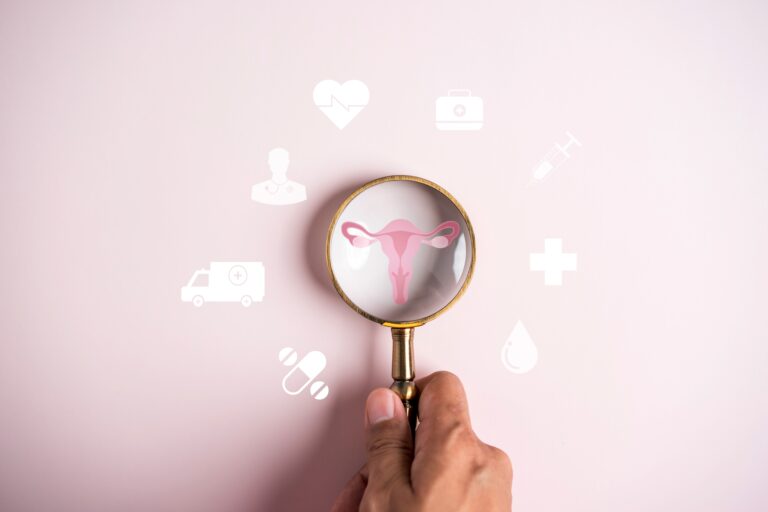
Women’s reproductive health conditions report: will we see change?
In their report published this week, the Women’s and Equalities Committee (WEC) finds that ‘medical misogyny’ is leaving women in unnecessary pain and undiagnosed for years.
The report warns women and girls face years of fighting for access to diagnosis and treatment and having to just put up with enduring pain which negatively impacts on their day to day lives.
The continued ‘stigma’ associated with gynaecological conditions, substandard education and a poor awareness of these conditions results in a lack of research, treatment options and the de-prioritisation of gynaecological care.
Waiting lists for women’s health conditions continues to grow, faster than any other speciality.
See below for a further round-up of the report and its recommendations or read more here.
What next?
Our previous government published the Women’s Health Strategy for England, a 10-year programme committed to improving women’s health. A strategy we all welcomed with open arms. However, despite this and other reports on birth trauma and racial inequalities, nothing of substance has really been done since – so we are sceptical of what difference this report will make in real terms.
For the momentum to continue, our new government needs to show commitment to continuing to propel the strategy forward by publishing an implementation plan detailing timelines, costs and resource. Crucially, investment is also needed – the Women’s Health Strategy needs the necessary funding to make progress and with speed.
There are clear societal and economic benefits in increasing investment in women’s health – for example, it was recently reported that neglecting women’s health in the workplace costs the UK economy £20 billion a year. A recent NHS confederation report found that for every £1 of investment in obstetrics and gynaecology services per woman in England, there is an estimated return on investment of £11.30.
The report found we’ve taken a step back on endometriosis diagnosis timeframes, which is hugely disappointing – now it takes an average of nine years for a woman to be diagnosed with endometriosis. Previously this diagnosis time was seven years. The report recommends the Government commits to reducing waiting times for endometriosis diagnosis to less than two years by the end of this Parliament – if this could be achieved, it could be groundbreaking. There are no other medical conditions where it would be deemed acceptable to wait so long for a diagnosis, particularly as the symptoms suffered can be as catastrophic to a woman’s life as a cardiology or neurological condition. There would be uproar.
We are tired of women being told that their symptoms such as heavy bleeding are ‘normal’ because of the lack of awareness and training in primary care. This is not normal; we are just made to believe it is.
Women are continuing to be subjected to painful procedures unnecessarily and against best practice and guidelines. There is little informed consent, few alternatives available and again women are made to feel that they don’t have any other choice, this is part and parcel of being a woman. No, it is not, we again are just made to believe it is.
Training is essential. Research is critical. Earlier referrals for specialists are crucial. Funding is necessary.
The time is now to finally invest in our women’s health. We all will benefit.
The report
It was found that there was a “clear lack of awareness and understanding of women’s reproductive health conditions among primary healthcare practitioners” especially in younger women and girls.
- 1 in 3 women live with heavy menstrual bleeding
- 2 in 3 women will develop at least one uterine fibroid in their lifetime
- Urinary incontinence affects as many as 40% of women
- 1 in 10 women will suffer from endometriosis
- Adenomyosis affects 1 in 10 women in the UK
These are stark statistics demonstrating that women’s health conditions are not suffered by a minority. As a result, the impact of these conditions have a ripple effect on society:
- Women lose their jobs, relationships and mental health suffer
- In 2021 nearly 2 million girls in the UK missed school because of their period
- 13% missed an entire day of school once a month
- 1 in 8 UK women in the UK took time off work in the last 12 months due to periods
- More than 1/3 of women didn’t tell their employers the true reason.
- Less than ½ of women seek help and those that do see delays and disbelief.
The report heard from many women and girls where there was clearly a huge lack of understanding of normal reproductive health and a lifelong held feeling of stigma and shame. This lack of understanding of what is considered ‘normal’ stops women from seeking help, discussing symptoms with their peers and makes it difficult for women to speak up and advocate for themselves without fear of being dismissed. The report found that period shaming was found at home, at school and in the workplace.
The report’s recommendations
Education about reproductive health is vital and it should start at an early age. The current teaching of menstrual health and sex education is insufficient. Current recommendations and guidance for schools needs revising. Teachers need sufficient training. The current guidance fails to also recognise the importance of boys and men understanding reproductive health.
There needs to be improvement to the information available online on women’s reproductive health as many women and girls only seek the safe space of information available on the intranet. It is therefore imperative the information that is available is accessible, inclusive and highly visible. A reproductive interactive tool has been recommended.
There continues to be misogyny and racism in primary care which results in the normalisation of pain and symptoms in women and girls. The NHS needs to urgently implement a training regime to improve the experience felt at primary care level.
Improving earlier diagnosis has to be a priority and shortening diagnosis times should be a key performance indicator for the Women’s Health Strategy.
Healthcare professionals must be kept up to date with the full range of diagnostic and treatment options available for women’s health conditions. There should be an end to the postcode lottery of varying treatment options available depending on where you live.
Pain has to be taken more seriously for women undergoing ‘routine’ medical procedures. Women are being belittled or pressured when this goes against duty of care.
Risk assessment and policy and procedures need careful monitoring and implementation.
Women’s health hubs should include mental health support as part of their core specification.
Measures to reduce waiting lists for elective surgery should prioritise areas where waiting lists are longest and disparities greatest.
Data and analysis must improve. This will allow better understanding of health inequalities.
Period poverty has to end. Women should not be placed at an economic disadvantage because of their menstrual cycle. This widens the gender pay gap and current period and incontinence product schemes are inadequate.
Recommendation for free provision of products for particular groups has been made in the report for the government to implement and major manufacturers as part of their corporate social responsibility. This would be supported by a public awareness campaign.
Workplaces must be incentivised to have strategies in place to support women experiencing reproductive ill health. The Employment Rights Bill should be amended to make clear that reproductive health falls under the definition of advancing gender equality.
Training on women’s health in medical schools needs to be improved. Training should be started at undergraduate level and incentives for specialising in Women’s Health should be considered.










